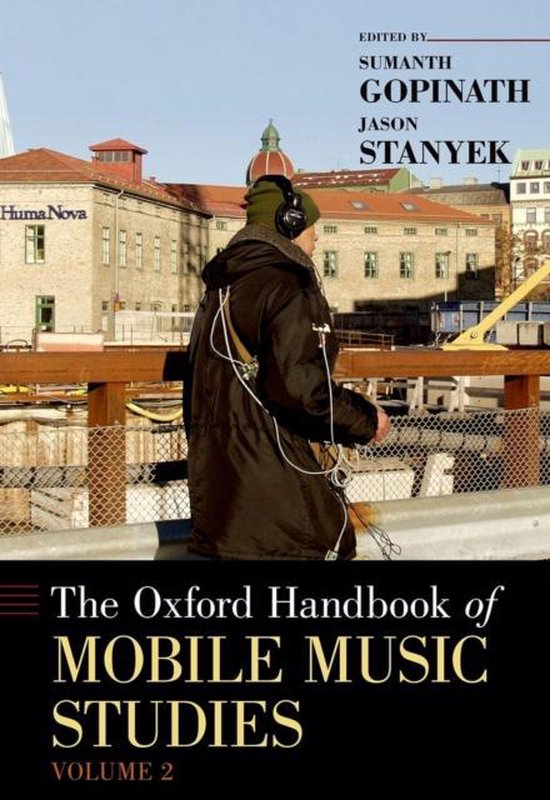
The Oxford Handbook of Mobile Music Studies
This handbook examines how electrical technologies and their corresponding economies of scale have rendered music and sound increasingly mobile -- portable, fungible, and ubiquitous. Highly interdisciplinary, the two volumes of the Oxford Handbook of Mobile Music Studies consider the devices, markets, and theories of mobile music, and its aesthetics and forms of performance.
The Oxford Handbook of Mobile Music Studies consolidates an area of scholarly inquiry that examines how electrical technologies and their corresponding economies of scale have rendered music and sound increasingly mobile -- portable, fungible, and ubiquitous. At once a marketing term, a common mode of everyday-life performance, and an instigator of experimental aesthetics, "mobile music" opens up a space for studying the momentous transformations in the production, distribution, consumption, and experience of music and sound that took place from the late nineteenth to the early twenty-first centuries. The second volume of the handbook examines the aesthetics of mobile music and its proliferating forms of performance, incorporating epistemologies and methodologies from a number of disciplines, including music studies, sound studies, mobility studies, communication studies, new media studies, performance studies, and more. The contributors draw on political economy and economic sociology, ethnography and autoethnography, musical and sonic transcription, analysis and hermeneutics, and historical and archival research. The chapters treat a significant number of devices, including the the flash drive, the field recorder, the mobile phone, the handheld video game, the laptop computer, the siren, and even a pair of shoes. The Handbook likewise investigates the sonification and musicalization of vehicles -- boom cars, trains, and ice cream trucks -- and the sonics and musics of walking, texting, and commuting. Its chapters cover a large swath of the world -- the US, the UK, Japan, Brazil, Germany, Turkey, Mexico, France, China, Jamaica, Iraq, the Philippines, India -- and a similarly broad array of musical styles and practices, from the recondite and subcultural to the mass-popular and global. The most comprehensive book of its kind, this handbook is a necessary reference for scholars in multiple fields.
The Oxford Handbook of Mobile Music Studies consolidates an area of scholarly inquiry that examines how electrical technologies and their corresponding economies of scale have rendered music and sound increasingly mobile -- portable, fungible, and ubiquitous. At once a marketing term, a common mode of everyday-life performance, and an instigator of experimental aesthetics, "mobile music" opens up a space for studying the momentous transformations in the production, distribution, consumption, and experience of music and sound that took place from the late nineteenth to the early twenty-first centuries. The second volume of the handbook examines the aesthetics of mobile music and its proliferating forms of performance, incorporating epistemologies and methodologies from a number of disciplines, including music studies, sound studies, mobility studies, communication studies, new media studies, performance studies, and more. The contributors draw on political economy and economic sociology, ethnography and autoethnography, musical and sonic transcription, analysis and hermeneutics, and historical and archival research. The chapters treat a significant number of devices, including the the flash drive, the field recorder, the mobile phone, the handheld video game, the laptop computer, the siren, and even a pair of shoes. The Handbook likewise investigates the sonification and musicalization of vehicles -- boom cars, trains, and ice cream trucks -- and the sonics and musics of walking, texting, and commuting. Its chapters cover a large swath of the world -- the US, the UK, Japan, Brazil, Germany, Turkey, Mexico, France, China, Jamaica, Iraq, the Philippines, India -- and a similarly broad array of musical styles and practices, from the recondite and subcultural to the mass-popular and global. The most comprehensive book of its kind, this handbook is a necessary reference for scholars in multiple fields.
| Auteur | | Gopinath, Sumanth |
| Taal | | Engels |
| Type | | Hardcover |
| Categorie | | Mens & Maatschappij |



